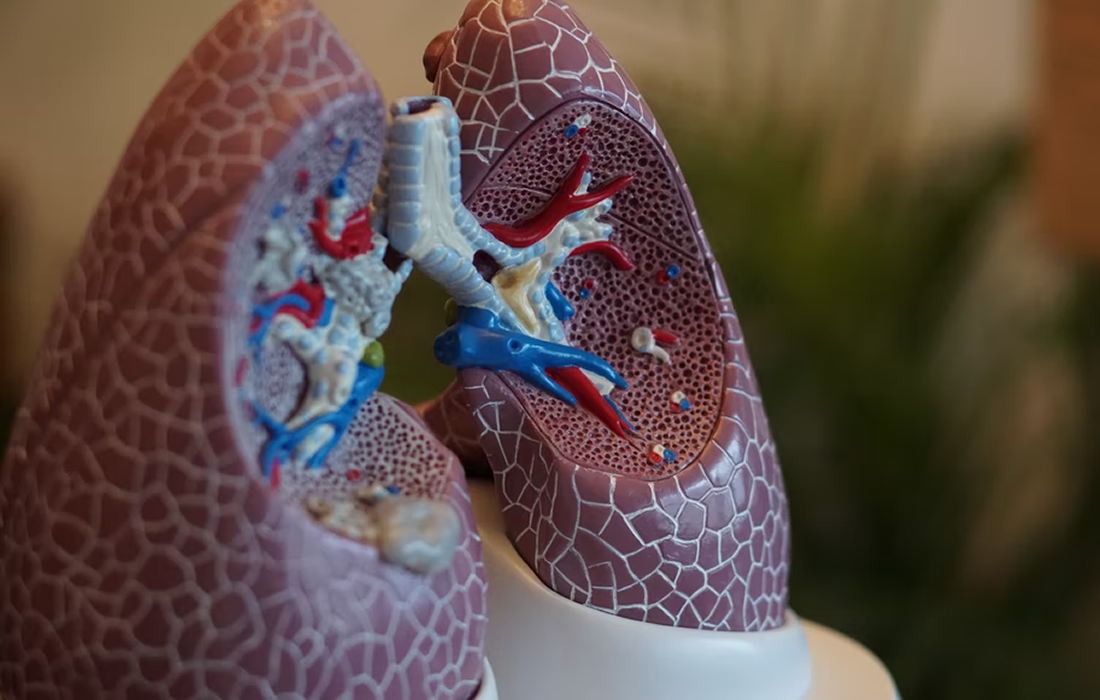Regenerative Medicine News and General Information
New Cell Type Find in Human Lungs with Regenerative Properties
Researchers have discovered a new type of cell that resides deep within human lungs that may play a key role in human lung diseases. The researchers from the Perelman School of Medicine at the University of Pennsylvania published their results in the journal Nature.
The team analyzed human lung tissue to identify the new cells, which they called respiratory airway secretory cells (RASCs). They line tiny airway branches, deep in the lung and near the alveoli structures.
The team found that these cells have stem cell-like properties enabling them to regenerate other cells, and that smoking and conditions such as COPD can disrupt the regenerative functions of RASCs.
Current therapies for these conditions usually slow the disease process rather than stop it or reverse it. “With studies like this we’re starting to get a sense, at the cell-biology level, of what is really happening in this very prevalent disease,” said senior author Edward Morrisey, Ph.D., the Robinette Foundation Professor of Medicine.
The team also found another function of these cells in addition to their secretory functions, they can also serve as predecessors for AT2 cells, which keep the alveoli healthy by secreting pulmonary surfactant and also by having the ability to differentiate into AT1 cells.
The findings point to a possible future COPD treatment that could restore the normal RASC to the AT2 differentiation process.
Sources:
Maria C. Basil, et al. Human distal airways contain a multipotent secretory cell that can regenerate alveoli. Nature, 2022; DOI: 10.1038/s41586-022-04552-0
Image from:
Photo by Robina Weermeijer on Unsplash

